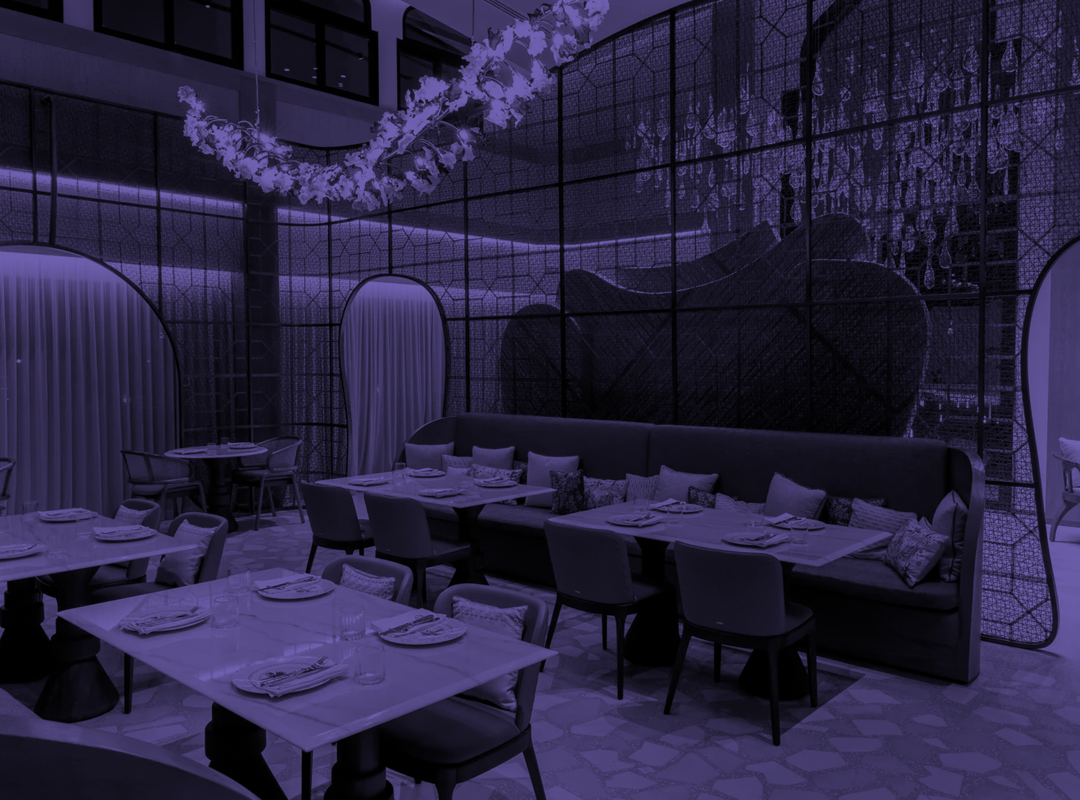The restaurant industry is undergoing a significant transformation as sustainability becomes a key priority for both business owners and customers. With growing awareness of environmental issues, diners increasingly prefer establishments that demonstrate a commitment to eco-friendly practices. Restaurants that adopt green design principles not only reduce their environmental impact but also gain a competitive edge, improve their brand image, and achieve long-term cost savings.
One of the most impactful ways a restaurant can embrace sustainability is by reducing food waste and implementing reusable containers. Food waste contributes significantly to greenhouse gas emissions, making it essential for restaurants to adopt strategies such as composting, donating surplus food, and optimizing portion sizes. Reusable containers for takeout and delivery further minimize the carbon footprint, reducing reliance on single-use plastics. Many forward-thinking restaurants partner with local farms to repurpose food scraps into compost.
The choice of furniture and fittings plays a crucial role in eco-friendly restaurant design. Opting for materials such as reclaimed wood, bamboo, and recycled metal helps reduce deforestation and energy consumption. Sustainable furniture not only lowers environmental impact but also enhances the restaurant’s aesthetic with unique, natural textures. Designers are increasingly incorporating upcycled elements, giving new life to discarded materials while maintaining a stylish and modern look. Additionally, selecting durable, high-quality furnishings ensures longevity, reducing the need for frequent replacements.
Energy efficiency is another critical aspect of sustainable restaurant design. Installing Energy Star appliances significantly cuts electricity consumption, lowering operational costs over time. Induction cooktops, energy-efficient refrigeration, and smart HVAC systems contribute to a greener kitchen. LED lighting is another essential feature, offering substantial energy savings while providing versatile ambiance options. Many restaurants use dimmable LEDs to create a warm, inviting atmosphere while minimizing power usage. Some establishments even integrate motion sensors to ensure lights are only active when needed.
Water conservation is equally important in eco-friendly restaurant design. Low-flow faucets, touchless sensors, and water-efficient dishwashers help reduce water waste without compromising functionality.
Restaurants that prioritize fresh, locally grown ingredients reduce transportation emissions and support regional farmers. Seasonal menus align with natural harvest cycles, ensuring fresher meals while minimizing the environmental cost of out-of-season produce. Minimal and biodegradable packaging further enhances sustainability efforts, appealing to environmentally conscious customers. Many establishments now use plant-based containers or compostable wrappers to eliminate plastic waste.
Innovative design approaches are reshaping the restaurant industry, with many owners embracing vertical gardens and living walls. These installations improve air quality, add natural beauty. Open kitchens promote transparency, allowing guests to see sustainable practices in action while fostering trust. Some restaurants integrate renewable energy sources such as solar panels or wind turbines to power operations sustainably.
Efficient space planning ensures optimal functionality while reducing energy consumption. Flexible layouts accommodate different dining needs, from intimate dinners to large gatherings, without excessive resource use. Digital menus and tablet-based ordering systems minimize paper waste while streamlining service. Technology integration extends to smart thermostats and energy monitoring systems, allowing real-time adjustments to maximize efficiency.
The shift toward eco-friendly restaurant design reflects a broader movement toward responsible business practices. Customers increasingly view sustainability as a marker of quality and innovation, making green restaurants more appealing. Beyond attracting environmentally aware patrons, sustainable design reduces operational costs through energy savings, waste reduction, and efficient resource use.
The transition to eco-friendly restaurant design is not just a trend but a necessary evolution in the hospitality industry. By adopting sustainable materials, energy-efficient technologies, and waste-reduction strategies, restaurants can significantly lower their environmental impact while enhancing profitability. As consumer demand for eco-friendly restaurants grows, those that embrace sustainable practices will stand out as leaders in innovation and responsibility.
The future of restaurants lies in thoughtful, eco-friendly design that combines exceptional food with environmental stewardship.


